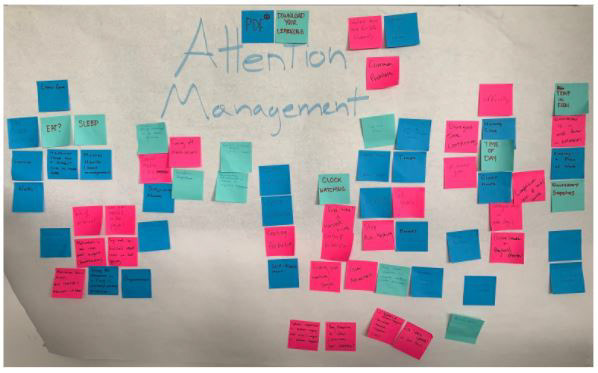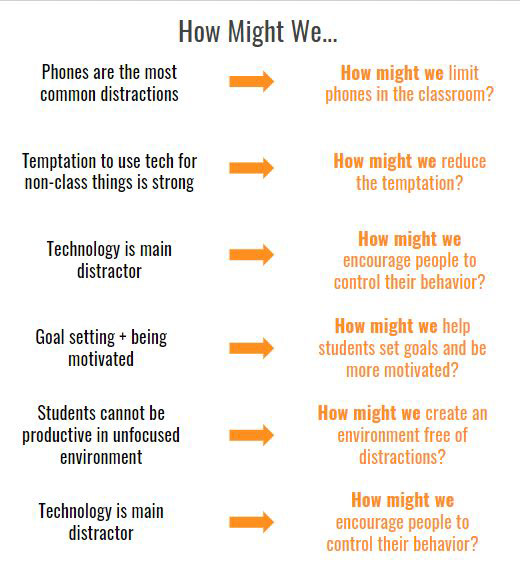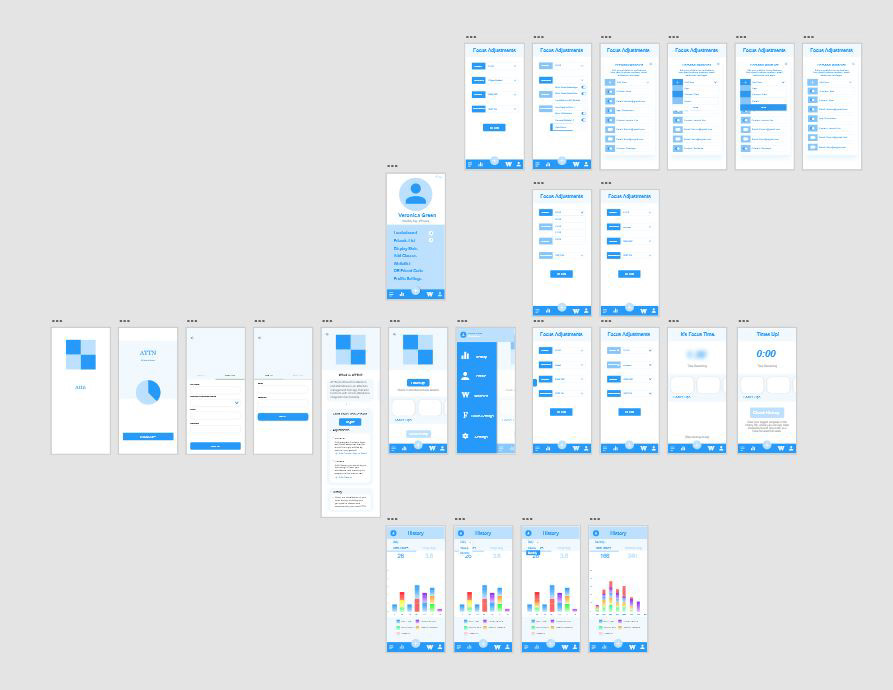Attn (shorthand for attention and attendance) is an attention management app targeted at students, that also provides tools for attendance taking in classrooms.
The app utilizes Near Field Communication (NFC) and QR codes to simplify the attendance taking procedure for professors, and also entering students into what we call 'Focus Mode'
Attn gives students powerful attention management tools both inside and outside the classroom that help build strong, consistent habits of attention.
Show above is a typical usage of Attn. The user signs into the app and then navigates to her camera, scans the custom QR code for her Rhetoric class, and checks in for attendance.
Doing so also enables focus mode on her phone, which is the University Default focus mode that would disable social media app notifications, block social media websites, and restrict notifications from contacts and emails that were not on the user's whitelist.
Doing so also enables focus mode on her phone, which is the University Default focus mode that would disable social media app notifications, block social media websites, and restrict notifications from contacts and emails that were not on the user's whitelist.
The Whitelist's intention is to allow users to not feel totally restricted when using Attn. Any institution should not have the power to completely silence students phones, so the whitelist function is a compromise that allows specific contacts, apps, and emails through the notification block.
History allows users to have a visual representation of their progress while using Attn. It also allows users to compete with themselves by trying to improve their monthly and weekly averages. Users can also chose to display their most impressive stat on their profile, allowing friends to see their accomplishments and compete with each other if they chose to do so.
The inspiration for the color scheme is derived from the University of Illinois Urbana-Champaign, but a bit prettier.
Process
The design process began for Attn included many brainstorming sessions, VUE diagrams depicting journey maps and user experiences, and research on concepts of Attention Management.
Moving on, students and professors were interviewed regarding classroom behavior involving focus, and it was discovered that phones were the #1 distraction in the majority of classrooms, coming from both professor and student data.
Next there were many rounds of prototyping, A/B testing, experimenting with NFC and QR code technology, and many failures as well as successes.












